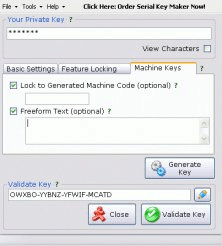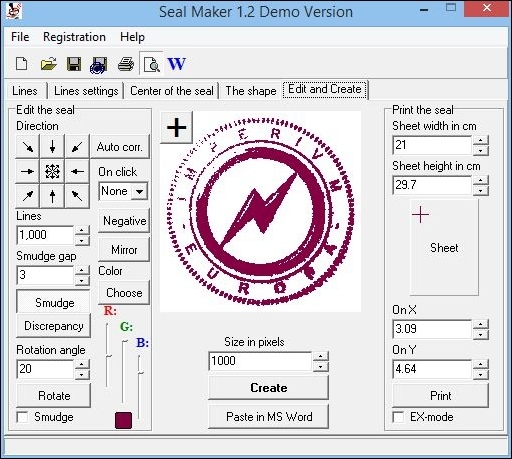


We’ll show you more about this case a little later in the post. Until then, no one was the wiser.īut areas of sealant along a rooftop seam of the RV had failed at some point, and water was able to seep into the roof unnoticed. What actually tipped our friends off was an increasingly “soft” feeling and a “crunchy” sound when they walked on one particular section of the roof. No wet walls or ceiling, and no staining. None of the things we all look for when thinking about the potential for an RV roof leak. That’s right – we said NO obvious leaks into the interior of the RV. Because the leak occurred slowly over a long period, the damage to the roof was able to spread gradually without becoming evident, since there were no obvious signs of water in the RV’s interior. Unbeknownst to them, water had been leaking, undetected, through an unprotected seam for some time. This actually happened to friends of ours who bought a used RV. There are many areas of an RV roof that can leak if the sealant is not diligently maintained over time. RV roof leaks can allow water to seep into the roof without ever alerting you to a problem with a noticeable leak (evidence of water inside, staining of the roof liner, etc).Įverything you see on this roof involves multiple holes penetrating the structure. The biggest issue is that your RV roof could be leaking without you even knowing it. And once they’ve begun, you’ve got a potentially serious problem on your hands. This is the most common reason why RV roof leaks begin. (1) Improperly Sealed Rooftop Objects or Failed Sealant The first has to do with the way roof seams and objects on the roof are sealed, and the second has to do with accidental damage. There are two main reasons why RV roof leaks occur. 5) Does RV Insurance Cover RV Roof Leaks?.3.3) Water Damage to Structure – Wood Rot.3.1) Danger to Health from Mold and Mildew.1.2) (2) A Puncture in the Roof Membrane.1.1) (1) Improperly Sealed Rooftop Objects or Failed Sealant.


 0 kommentar(er)
0 kommentar(er)
